
Boston quintet The Cars were arguably the quintessential New Wave band. They combined the back-to-basics approach of new wave, forward-thinking synthesiser textures, and bright power pop melodies. It’s not difficult to see influences from art-rockers David Bowie and Roxy Music in the detached presence of front-man Ric Ocazek and in the sleek, futuristic textures, but The Cars were able to package these ideas into the mainstream.
Introduction
Ocazek is joined by keyboardist Greg Hawkes, who provides the futuristic synth sounds, while Elliot Easton provides the snappy guitar breaks. Drummer David Robinson previously played with the Talking Heads’ Jerry Harrison in Jonathan Richman’s Modern Lovers. Bassist Ben Orr steps up to the microphone when the group need a more sincere vocal. Ocazek wrote all the songs, with the occasional cowrite from Hawkes or Orr. Yet he judiciously allowed Orr to front the big hits ‘Just What I Needed’ and ‘Drive’.
The Cars were immediately successful – their debut reached the Billboard top 20, and eventually went 6x platinum. The band enjoyed continued success until they fell off the pace with 1987’s Door to Door. It peaked at #26 after a series of top 10 albums, and only went gold. Hawkes and Easton reformed with Todd Rundgren as The New Cars. Orr passed away in 2000, but the rest of the band reunited for a final record, 2011’s Move Like This.
The Cars Album Reviews
The Cars

1978, 8/10
The Cars’ debut album bridges the gap between new wave and classic rock. The members were all experienced musicians when they formed, and they have more instrumental ability than most musicians of the DIY punk/new wave era. In particular guitarist Elliott Easton reels off impressive guitar solos. The record’s produced by Roy Thomas Baker, who also worked with Queen, while the band were signed to Elektra Records, on the basis that they’d stand out among labelmates like the Eagles and Jackson Browne. Accordingly, many of these songs are classic rock radio staples – not just the singles but deep cuts like ‘Moving in Stereo’ and ‘Bye Bye Love’.
The singles provide a strong opening run for The Cars. ‘Just What I Needed’, in particular, is one of the band’s strongest songs, utilising Orr’s smoother voice. Ocazek’s detached irony is at its most pronounced on ‘Good Times Roll’, while ‘Best Friend’s Girl’ adds unhappy lyrics to a breezy 1950s throwback. The middle third of the record is esoteric and experimental, but there’s a great run of three tracks at the end. Orr’s voice brings out the prettiness of ‘Moving In Stereo’ and ‘All Mixed Up’, while ‘Bye Bye Love’ adds some crunch.
The Cars flags a little in the middle, but it’s an impressive debut.
Candy-O
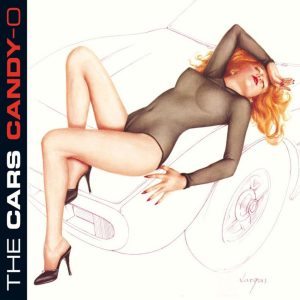
1979, 8.5/10
The Cars’ second album refines their aesthetic, zeroing in on their slick and sardonic new wave. Roy Thomas Baker is back in the producer’s chair, but the band were confident enough to tell him when to pull back on classic rock moves like stacked harmonies. While many bands from the era – like XTC and The Jam – struggled with their sophomore albums, The Cars had a fresh set of material to work with – only ‘Night Spots’ is a holdover from their debut. Song for song, Candy-O doesn’t hit as many high peaks as their debut, but it’s more coherent and cohesive.
It helps that it leads off with ‘Let’s Go’, an energetic pop/rock song built around a synth riff and delivered enthusiastically by Orr. Orr also fronts ‘It’s All I Can Do’, a single that just missed the top 40 on Billboard and was unfairly omitted from the Greatest Hits. The distance between the band’s pop-sense and their experimental side is less pronounced than before – ‘Shoo Be Doo’ is eccentric, but also propulsive.’ With less radio hits, there are more excellent deep cuts to unearth – the closer ‘Dangerous Type’ has a terrific Easton solo.
The Cars reached the zenith of their new wave sound on Candy-O – it’s not surprising they branched out on their next record.

Panorama
1980, 6.5/10
Panorama has a reputation as an experimental album. Its songs are moodier and longer than before, and the hooks are less pronounced. Nevertheless, it’s a logical evolution from Candy-O rather than a drastic change of pace. It seems likely that the album’s reputation for experimentation stems from lead single ‘Touch and Go’. It’s a plodding synth-heavy song that mostly comes alive during Easton’s solos.
‘Gimme Some Slack’ or ‘Don’t Tell Me No’ are more like conventional Cars singles, even if they’re less exhilarating than the band’s earlier hits. The second side is weaker, although the Orr fronted ‘Down Boys’ is worth flipping the vinyl for. Panorama becomes overly torpid on ‘You Wear Those Eyes’ – the band would become better at slow songs on their later records. There are strong album tracks – the title track departs from their usual minimalism, with Robinson’s insistent beat, Hawkes’s synths, and Easton’s lead guitar all vying for attention.
The Cars’ discography patchy from 1980 onwards, although there are enough worthwhile deep cuts to warrant exploring them.
Shake It Up
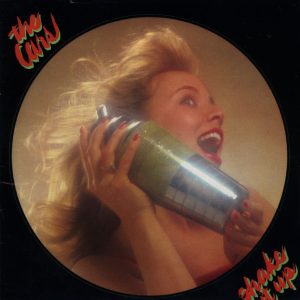
1981, 7/10
The Cars moved towards normalcy between 1978 and 1984. Although it’s the work of the same band, there’s a gulf between the irony-laced ‘Let the Good Times Roll’ and the sincerity of ‘Drive’. The clearest demarcation line in this transition is 1981’s Shake It Off – most of the rough edges have been sanded off. There’s a trade-off – ‘I’m Not the One’ is the first Cars song that actually sounds sincere, but their deep cuts can be bland when they’ve lost their unsettling experimentation. Shake It Up was the last Cars album to be produced by Roy Thomas Baker.
Shake It Up starts strongly with its run of singles – although if you’re being fussy, ‘I’m Not The One’ wasn’t actually released as a standalone until 1986. The title track utilises the band’s 1950s influences, while Hawkes’s squeaky keyboards enliven ‘Since You’re Gone’. Along with ‘I’m Not The One’, delivered by Ocasek with Orr delivering smooth backing vocals, it’s my favourite opening run on a Cars’ album. The rest of the record is solid but a little uninspiring. It’s often better when The Cars play dark – ‘Cruiser’ has the band’s most overt Roxy Music influences, while ‘This Could Be Love’ is foreboding.
Shake It Up is a little bland outside its big hits, but the singles are all strong additions to their catalogue.
Heartbeat City
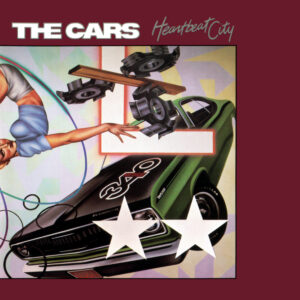
1984, 7.5/10
The Cars roared back into the mainstream with their fifth album. Heartbeat City reached #3 on Billboard and spawned two top ten singles, ‘You Might Think’ and ‘Drive’. It was produced by Robert John “Mutt” Lange, who’d also helmed hit albums for AC/DC, Def Leppard, and Foreigner. It suffers from familiar Cars’ issues – it’s a little unremarkable outside of the singles and it tails off on the second side – but Heartbeat City is their strongest album for some time.
There’s a strong opening pair with ‘Hello Again’ and ‘Looking For Love’. The singles ‘You Might Think’ and ‘Magic’ are fun and energetic, while ‘Drive’ is majestic and heartfelt. Strangely, outside of ‘Drive’, Orr is largely absent from lead vocals. The moody title track feels is an odd inclusion on the 1985 Greatest Hits record, but it’s a strong closer for this record. Heartbeat City would have also been improved by the inclusion of ‘Breakaway’, presumably relegated to b-side because of its drug references.
Produced perfectly for the 1984 mainstream, Heartbeat City was a deserved success. Regrettably, the band had little in the tank by the time they followed it up.
Greatest Hits
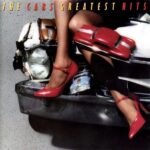
1985, 9/10
The Cars were a fascinating and innovative band, but their singles were often their best songs. Greatest Hits does a good job of putting a bunch in the same place, even if I would have opted for ‘It’s All I Can Do’ over ‘Heartbeat City’. There’s one new song, ‘Tonight She Comes’, which holds its own in illustrious company. It’s a good one-stop shopping solution, although some fans swear by the two-disc Just What I Needed: The Cars Anthology.
Door to Door

1987, 5/10
The Cars were riding a renewed wave of success in the mid-1980s. ‘Tonight She Comes’ was a top-ten hit in 1986. But 1987’s Door to Door saw their fortunes plummet. You could debate whether it was due to changing musical fashions and overexposure or whether it was simply an inferior product. I’d argue the latter – it was easily their weakest record to date. Ocasek and Orr both released solo albums in 1986. The presence of older songs like ‘Ta Ta Wayo Wayo’ and ‘Leave or Stay’ indicate that Ocasek was short of material. There was tension between the two vocalists as Orr wanted his girlfriend to contribute to writing. Ocasek and Hawkes produced in an attempt to move away from the studio perfection of Heartbeat City. But if anything it sounds more synthetic, with heavy reverb on the drums.
The minor hit ‘You are the Girl’ is arguably the best song here and it barely rises above pleasant – it’s smooth and lacking in personality. The riff-rockers ‘Strap Me In’ and ‘Double Trouble’ are an interesting direction with some of the band’s heaviest playing, but it’s not their strong point.
Door to Door isn’t embarrassing but lacklustre, an inessential conclusion to the band’s initial tenure.
It’s Alive (The New Cars)

2006
Hawkes and Easton toured with Todd Rundgren as The New Cars. This live album features 12 Cars songs, 2 Rundgren tracks, and three new songs.
Move Like This

2011, 7/10
Ocasek vowed to a music journalist in 1997 that The Cars would never reunite. But in 2010 they were back in the studio for one final album. It’s the only Cars album not to feature the classic quintet – they’re without Orr, who passed away in 2000. He’s acknowledged in the liner notes; “Ben, your spirit was with us on this one.” If Ocasek was the brains behind The Cars, Orr was their soul. But Orr’s passing doesn’t leave the void you might expect – Move Like This is dominated by snappy rockers that give Easton and Hawkes room to shine. Bass duties are shared between Hawkes and producer Jacknife Lee.
Putting its emphasis in the right place – up-tempo tracks that allow Easton, Hawkes, and Robinson to shine – Move Like This is stronger than you’d expect. Opener ‘Blue Tip’ provides a jolt of energy out of the gate, with an energetic beat and peppy new wave keyboard line – it hits the perfect midpoint between classic and contemporary. They’re less convincing on the slower songs. ‘Soon’ is pretty, a meditation from Ocasek on having a much younger wife – but Orr would have sung it more soulfully.
Move Like This was the last studio record Ocasek recorded – it’s a surprisingly satisfying swansong for his band.
10 Best Cars Songs
Let’s Go
Just What I Needed
Drive
I’m Not The One
Moving in Stereo
Magic
Panorama
Bye Bye Love
Since You’re Gone
Breakaway
8 Comments
Leave a Reply
Related Pages
About
Aphoristic Album Reviews is almost entirely written by one person. It features album reviews and blog posts across a growing spectrum of popular music.
Review Pages
Read about the discographies of musical acts from the 1960s to the present day. Browse this site's review archives or enjoy these random selections:
Blog Posts
I add new blog posts to this website every week. Browse the archives or enjoy these random selections:
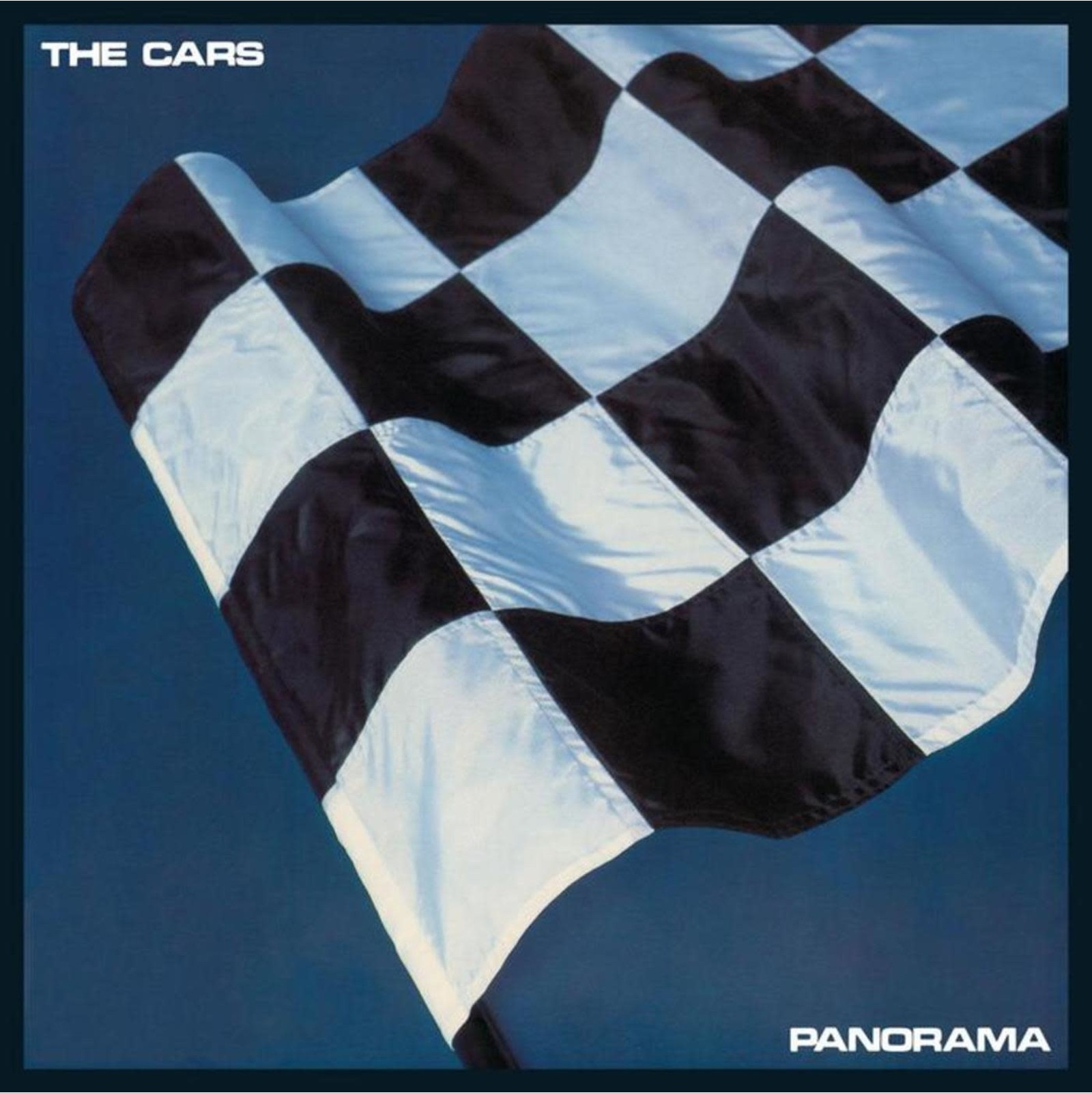


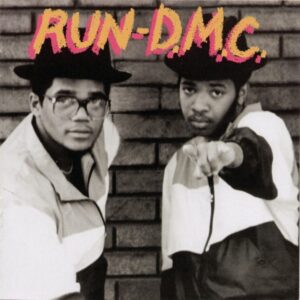
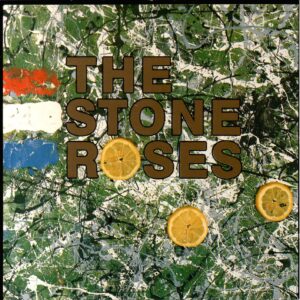
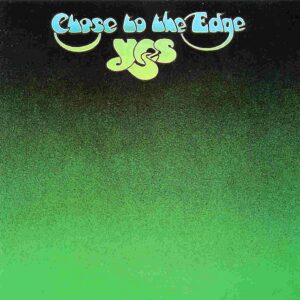

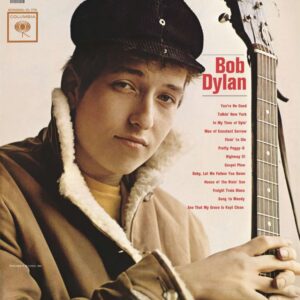

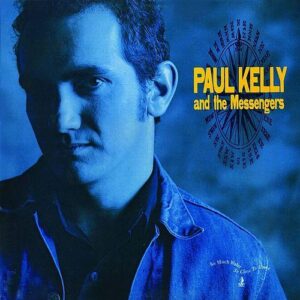
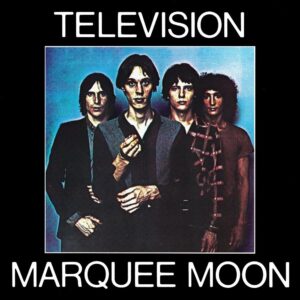


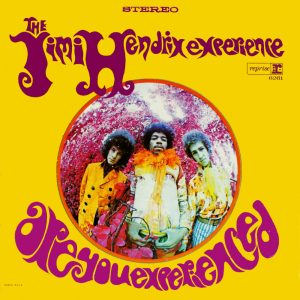

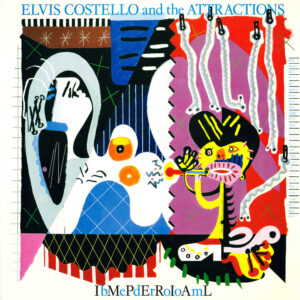









Shake It Up is my top album by them overall even though their really best songs are on different albums. I think it’s got fewer weak tracks on it than all the other ones. I like most of the tracks a lot. Then probably Candy-O but even that one is about half great songs and half songs that I don’t like very much. And I never liked Heartbeat City except for the song Drive. Your Top 10 songs though has a lot in common with me.
Top 10 Songs
Touch and Go
Let’s Go
Good Times Roll
Since You’re Gone
My Best Friend’s Girl
Drive
Dangerous Type
I’m Not the One
A Dream Away
Moving in Stereo
I was most impressed by how good the reunion album is.
Lots of people like ‘Dangerous Type’ – I should probably give that one another spin or two. It’s weird how Candy-O is my favourite record but only contributes one song.
If I had it to do over again i would put Bye Bye Love too. I was also surprised that the reunion album was as good as it was. I think its better than a couple of the earlier albums even.
For sure, I’d take the reunion album over Door to Door and Panorama.
Except for the one great song Panorama was horrible. I kept thinking, this album has got to be better than I think it is, it can’t be this terrible. But it is. At least on Heartbeat City there’s at least one or two more.
I forgot the song Candy-O somehow but it would be like number 4 or 5 at least.
The Cars (1978) — 10/10
Candy-O — 9/10
Thanks for writing in!